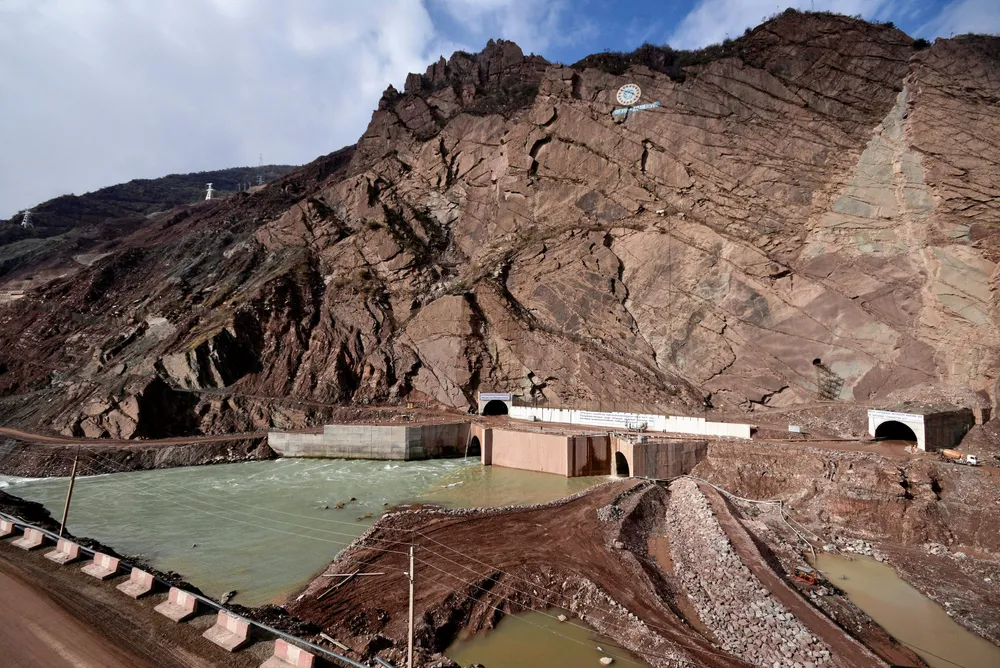Tajikistan plans a million tonnes of hydropower-based green hydrogen by 2040 — but is that realistic?
Central Asian country's power system is already under strain, UN report author tells Hydrogen Insight

Central Asian country's power system is already under strain, UN report author tells Hydrogen Insight
